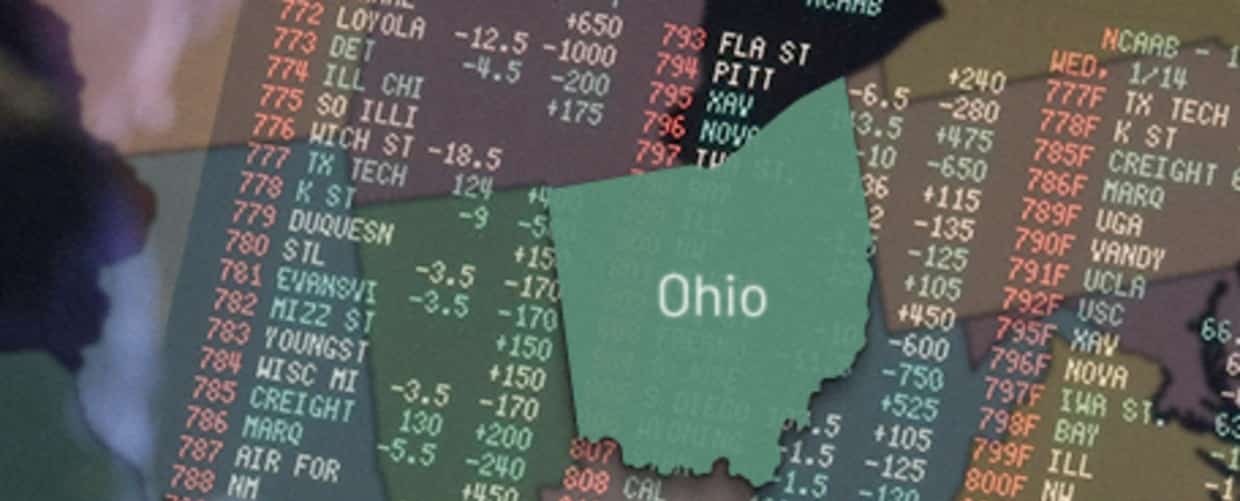What Does 130 Mean In Betting
Underdog Betting. In this example, Evander Holyfield would be the underdog. His odds for the fight are +210, which means for every $1 you bet on the fight you would profit $2.10. So if you bet $100 on Holyfield and he wins the bout, then you will have profited $210. If Holyfield were to lose the fight you would be out just your original $100. Usually used with bookies; if you bet 'five dollars,' that means a $500 wager. Edge: An advantage. Sports bettors might feel they have an edge on a book if they think its lines aren't accurate. In-play betting is a form of betting that has become hugely popular through online betting sites, which involves placing a bet on a particular outcome after the event has started.
Betting odds explained
Betting odds can appear daunting at first glance but they are actually quite straightforward to calculate. We’ve devised a beginners guide to explain betting odds.
How do odds work?
When looking at the odds (price) of a horse, the two formats used are decimals and fractions. Betting exchanges operate in decimals, whereas fixed-odds betting firms generally operate in fractions.
When determining the returns of a fractional bet, the second number always suggests the stake and the first number denotes what the profit will be if the bet wins. Take 4/1 as an example. If you stake £1 on a horse, then you stand to win £4 if the selection wins the race, which excludes your initial stake. In contrast, the decimal format factors in the initial stake. Betting odds of 4/1 would equate to 5.0 in decimal terms, 5/1 would be 6.0, and so forth.

See the chart below for a breakdown of betting odds in both fractional and decimal format, showing forecasted returns to £5 level stakes for the key prices in a market.
What Does -130 Mean In Betting Terms
Knowing your odds

| wdt_ID | Fractional | Decimal | WIN RETURNS FROM £5 (inc. stake) |
|---|---|---|---|
| 1 | 1-2 | 1.5 | £7.50 |
| 2 | 4-7 | 1.57 | £7.86 |
| 3 | 8-13 | 1.62 | £8.08 |
| 4 | 4-6 | 1.67 | £8.33 |
| 5 | 8-11 | 1.73 | £8.64 |
| 6 | 4-5 | 1.80 | £9.00 |
| 7 | 5-6 | 1.83 | £9.16 |
| 8 | 10-11 | 1.91 | £9.55 |
| 9 | 1-1 | 2.00 | £10.00 |
| 10 | 11-10 | 2.10 | £10.50 |
If you want to work out your winnings from a multiple bet such as an accumulator or lucky 15, you can use our betting calculator to find out instantly what you’ve won.
Betting odds explained
Betting odds can appear daunting at first glance but they are actually quite straightforward to calculate. We’ve devised a beginners guide to explain betting odds.
How do odds work?
When looking at the odds (price) of a horse, the two formats used are decimals and fractions. Betting exchanges operate in decimals, whereas fixed-odds betting firms generally operate in fractions.
When determining the returns of a fractional bet, the second number always suggests the stake and the first number denotes what the profit will be if the bet wins. Take 4/1 as an example. If you stake £1 on a horse, then you stand to win £4 if the selection wins the race, which excludes your initial stake. In contrast, the decimal format factors in the initial stake. Betting odds of 4/1 would equate to 5.0 in decimal terms, 5/1 would be 6.0, and so forth.
What Does Plus 135 Mean In Betting
See the chart below for a breakdown of betting odds in both fractional and decimal format, showing forecasted returns to £5 level stakes for the key prices in a market.
Knowing your odds
| wdt_ID | Fractional | Decimal | WIN RETURNS FROM £5 (inc. stake) |
|---|---|---|---|
| 1 | 1-2 | 1.5 | £7.50 |
| 2 | 4-7 | 1.57 | £7.86 |
| 3 | 8-13 | 1.62 | £8.08 |
| 4 | 4-6 | 1.67 | £8.33 |
| 5 | 8-11 | 1.73 | £8.64 |
| 6 | 4-5 | 1.80 | £9.00 |
| 7 | 5-6 | 1.83 | £9.16 |
| 8 | 10-11 | 1.91 | £9.55 |
| 9 | 1-1 | 2.00 | £10.00 |
| 10 | 11-10 | 2.10 | £10.50 |
If you want to work out your winnings from a multiple bet such as an accumulator or lucky 15, you can use our betting calculator to find out instantly what you’ve won.